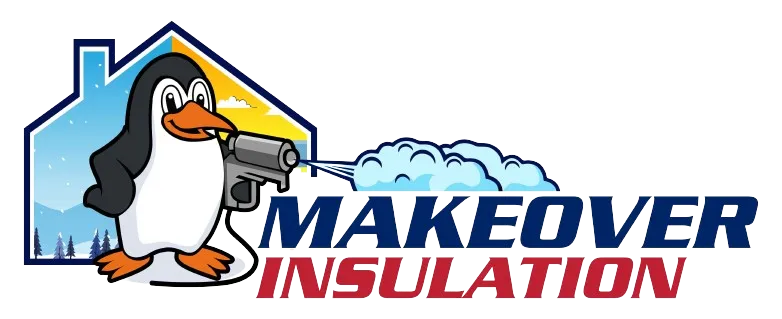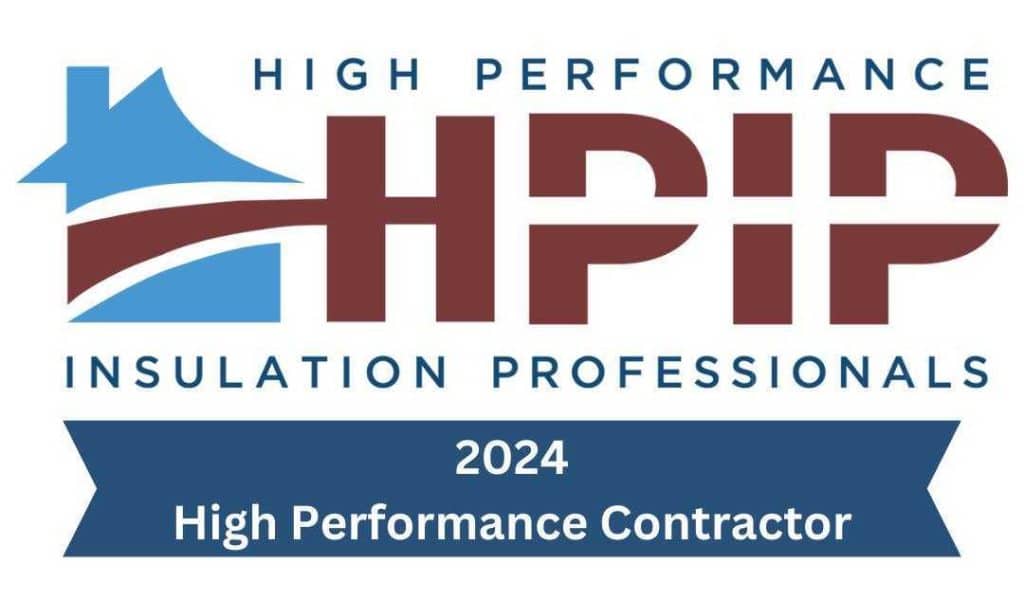Wall insulation is evolving, with sustainability now at the forefront. Eco-friendly insulation options are increasingly sought after due to their environmental benefits, energy efficiency, and improved indoor comfort. This article explores innovative solutions for 2025, highlighting advancements, materials, and benefits for homeowners and builders.
Why Eco-Friendly Wall Insulation Matters
Sustainable insulation minimizes environmental impact by reducing energy consumption and relying on renewable or recycled materials. These solutions help lower utility bills, reduce carbon footprints, and promote healthier living environments. As building codes and consumer preferences shift towards sustainability, eco-friendly insulation is becoming essential.
Advancements in Eco-Friendly Insulation Materials
1. Natural Fiber Insulation
Natural fibers like sheep’s wool, cotton, and hemp offer excellent insulation properties while being biodegradable and renewable. These materials provide:
- High thermal resistance.
- Moisture-wicking properties to prevent mold.
- Minimal environmental impact during production and disposal.
2. Recycled Content Insulation
Recycled insulation options, including cellulose and fiberglass, use post-consumer or industrial waste. Benefits include:
- Reduced landfill waste.
- High energy efficiency.
- Competitive pricing compared to conventional materials
3. Spray Foam with Bio-Based Components
Modern spray foams incorporate bio-based ingredients such as soybean oil. These alternatives to petroleum-based foams:
- Retain excellent sealing capabilities.
- Lower emissions during production.
- Improve indoor air quality by minimizing volatile organic compounds (VOCs).
4. Cork Insulation
Cork is harvested sustainably from tree bark and is a durable, lightweight material. Its advantages include:
- Natural resistance to pests and mold.
- Excellent acoustic insulation.
- Long lifespan with minimal maintenance.
Key Benefits of Eco-Friendly Insulation
Key Benefits of Eco-Friendly Insulation
Efficient insulation reduces energy demands for heating and cooling, translating to lower utility costs and reduced greenhouse gas emissions.
Healthier Indoor Air Quality
Sustainable materials often lack harmful chemicals, improving air quality and benefiting those with allergies or respiratory conditions.
Long-Term Cost Savings
Though eco-friendly materials may have higher upfront costs, they offer significant savings over time through durability and energy efficiency.
Innovative Installation Techniques
1. Blown-In Insulation for Hard-to-Reach Areas
Blown-in options, such as cellulose, ensure even coverage and reduce thermal bridging. This method is ideal for retrofits and irregular spaces.
2. Panelized Systems
Pre-fabricated insulated panels streamline construction and reduce waste, making them a popular choice for eco-conscious builders.
3. Hybrid Insulation Systems
Combining materials, such as pairing rigid foam with natural fibers, maximizes efficiency and sustainability while addressing specific project needs.
Choosing the Right Insulation for Your Needs
When selecting eco-friendly insulation, consider the following:
- R-Value: The material’s thermal resistance.
- Climate: Regional weather patterns may influence material choice.
- Project Type: Retrofit projects might benefit from flexible materials like spray foam or blown-in insulation.
- Budget: Factor in both upfront costs and long-term savings.
Need help deciding? Reach out to Makeover Insulation at (470) 664-5300 or email us at [email protected]. Our team can guide you in selecting the best eco-friendly solution for your project.
Environmental and Social Impact
Reduced Carbon Footprint
Sustainable insulation decreases reliance on non-renewable resources and cuts energy-related emissions.
Supporting Green Jobs
By choosing eco-friendly products, you support industries focused on renewable and recycled materials, contributing to a greener economy.
Eco-friendly insulation represents the future of sustainable living. Whether you’re building new or upgrading your home, Makeover Insulation is here to help you choose materials that benefit both the environment and your budget. Call us today to learn more about these innovative solutions.
Frequently Asked Questions
1. What is the most eco-friendly insulation material?
Natural fibers like hemp and sheep’s wool are among the most sustainable options due to their renewable nature and low environmental impact.
2. How much does eco-friendly insulation cost?
Costs vary by material and project size. Recycled materials like cellulose can be cost-effective, while options like cork or wool may be more expensive initially but offer long-term savings.
3. Can eco-friendly insulation be used in older homes?
Yes, many eco-friendly options, such as blown-in cellulose or spray foam, are ideal for retrofitting older homes without extensive renovations.
4. Are these materials safe for people with allergies?
Most eco-friendly insulation options are hypoallergenic and free from harmful chemicals, making them safe for sensitive individuals.
5. How does eco-friendly insulation compare in durability?
Sustainable materials like cork and recycled fiberglass are highly durable, often matching or exceeding the lifespan of conventional insulation.
6. Is professional installation necessary?
While some eco-friendly insulation can be DIY-installed, professional installation ensures optimal performance and compliance with building codes.
7. Do these materials meet building codes?
Most eco-friendly insulation options comply with modern building codes. Check with your supplier or contractor for specific certifications.
8. What are the maintenance requirements?
Eco-friendly insulation typically requires little maintenance. Materials like cork and spray foam are particularly low-maintenance.
9. Can I combine eco-friendly insulation with other types?
Yes, hybrid systems are common and can optimize performance while reducing costs.
10. How can I get a quote for my project?
Contact Makeover Insulation at (470) 664-5300 or [email protected] for a detailed estimate tailored to your needs.




